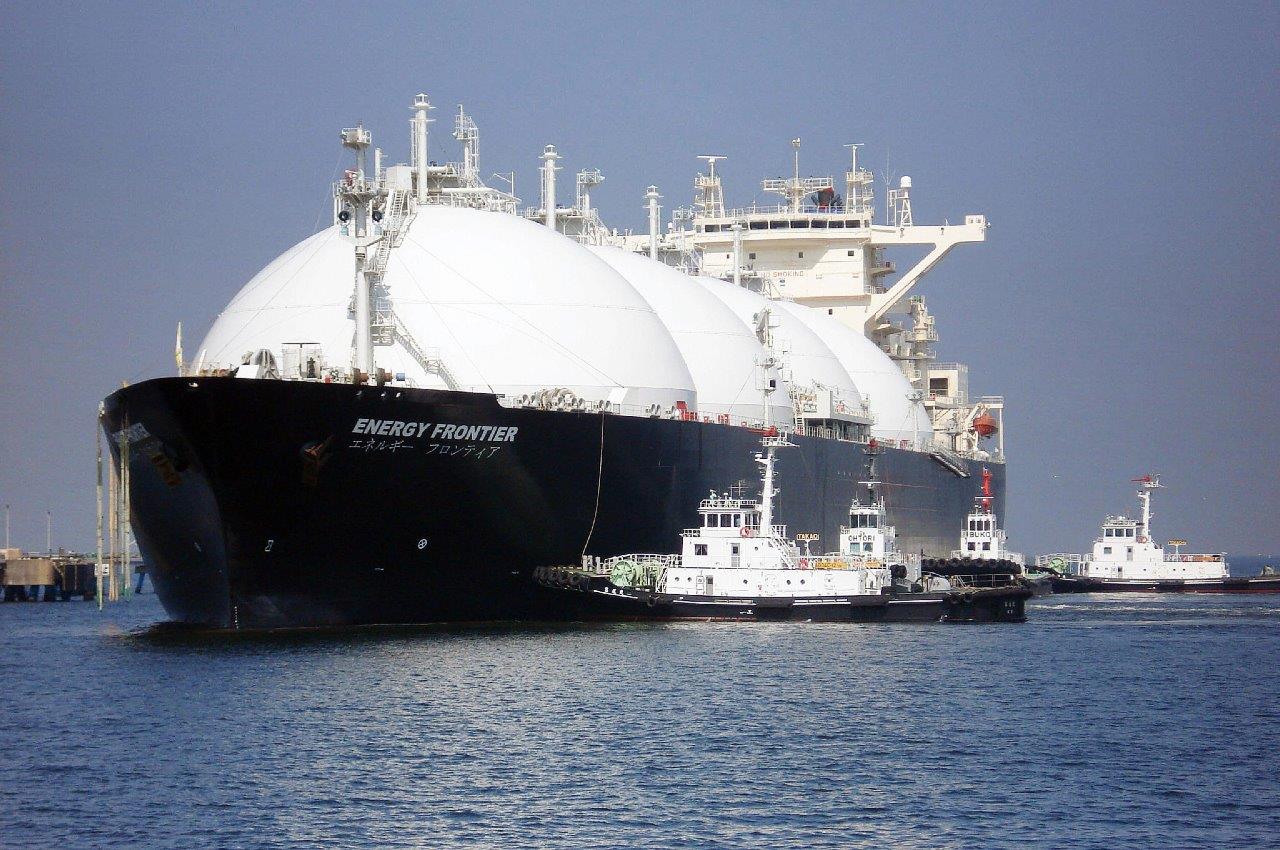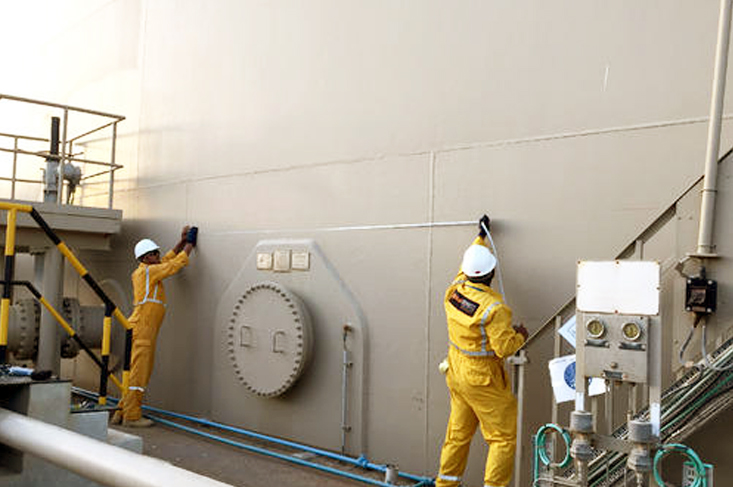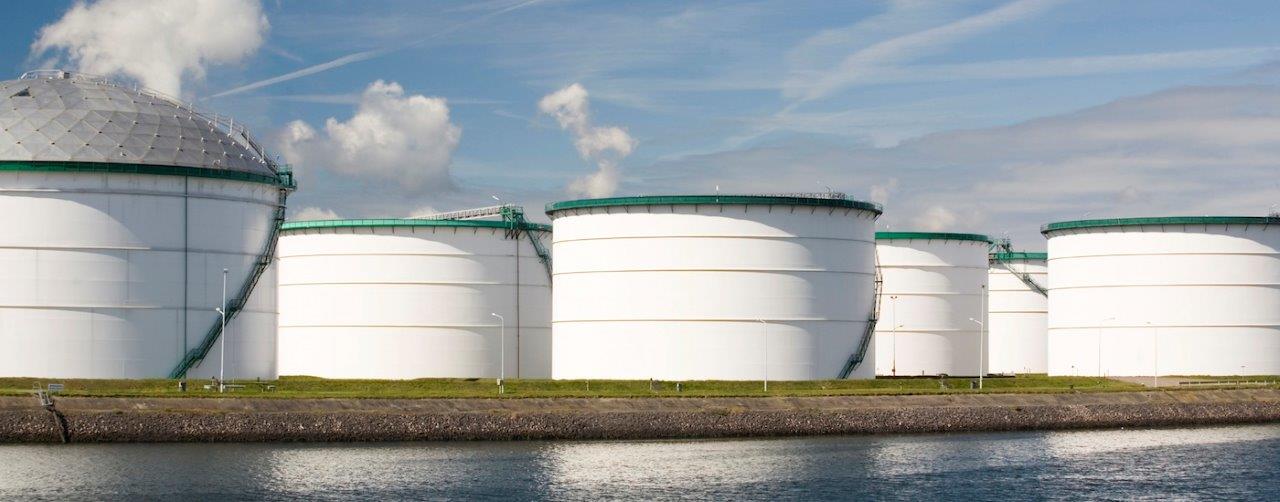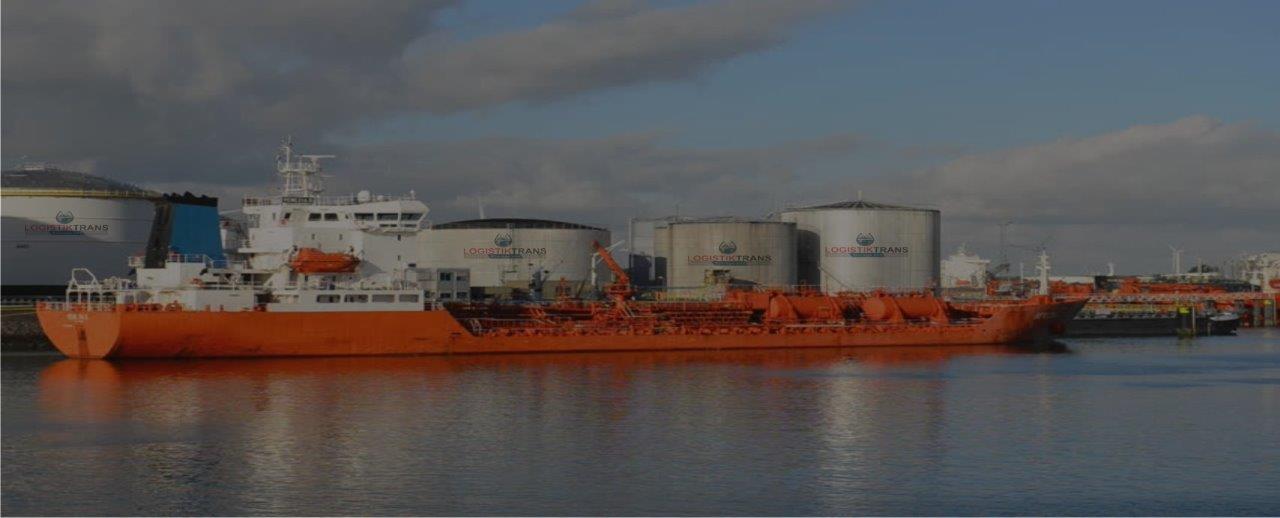Ship Tank Calibration
To ascertain gain or loss in sales, purchases to provide only reliable means of maintaining adequate control over the storage & distribution & stock keeping & in industrial production process control, as Oils, chemicals & its allied products are very costly items business & service render from it. Profit & Loss depends on accuracy of ship tank or barge storage tank calibration work.
By using laser scanning and an extremely accurate and fast scanner supported by a powerful software. It is ideal for every ship, but especially for floating storage vessels, delivery barges, chemical tankers, bunker tanks etc, where accuracy is of utmost importance
No matter the shape of the tank or the deadwood inside, you can have tables accurate at any level. List and trim corrections are calculated accurately without the approximations and restrictions of the old style trigonometric methods Field measurements can be done in hours; hence there is no need to have your vessel waiting days to be calibrated.
Our skill and understanding of every tank detail and the ability to incorporate them into final tables makes us stand out among the crowd. We use the most accurate, reliable and fastest laser measurement systems available. International Method followed: API MPMS



